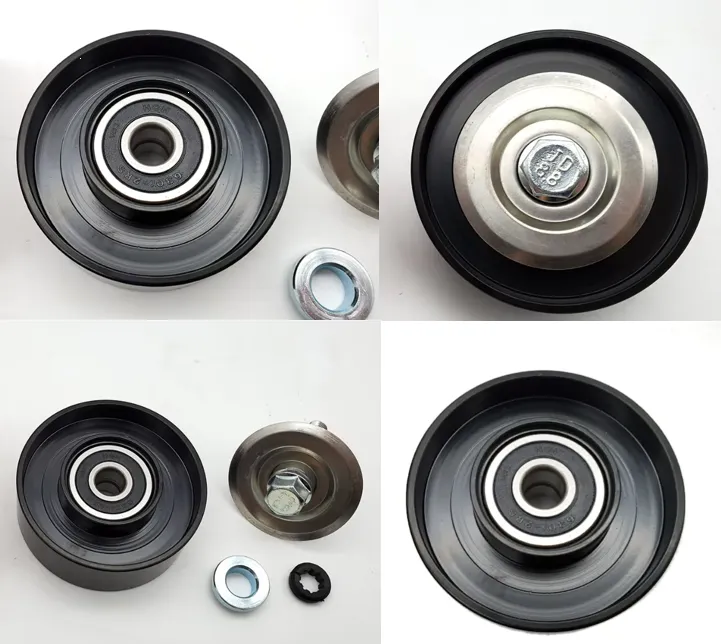Idler Pulley
An idler is a pulley in a timing belt drive or accessory belt drive. These pulleys are located in the outer ring mechanism of the belt drive but are not directly connected to the power source and cannot increase speed or torque. Therefore, they do not have any mechanical advantage and do not transfer power to the shaft.
Idler pulleys are used in automotive engines to improve belt drive performance. The power generated by the crankshaft rotates the wheels, which in turn turns the belt, thus transmitting torque, speed and mechanical power. Idler pulleys condition the belt by taking up slack, changing the direction of drive, or providing clutch action.
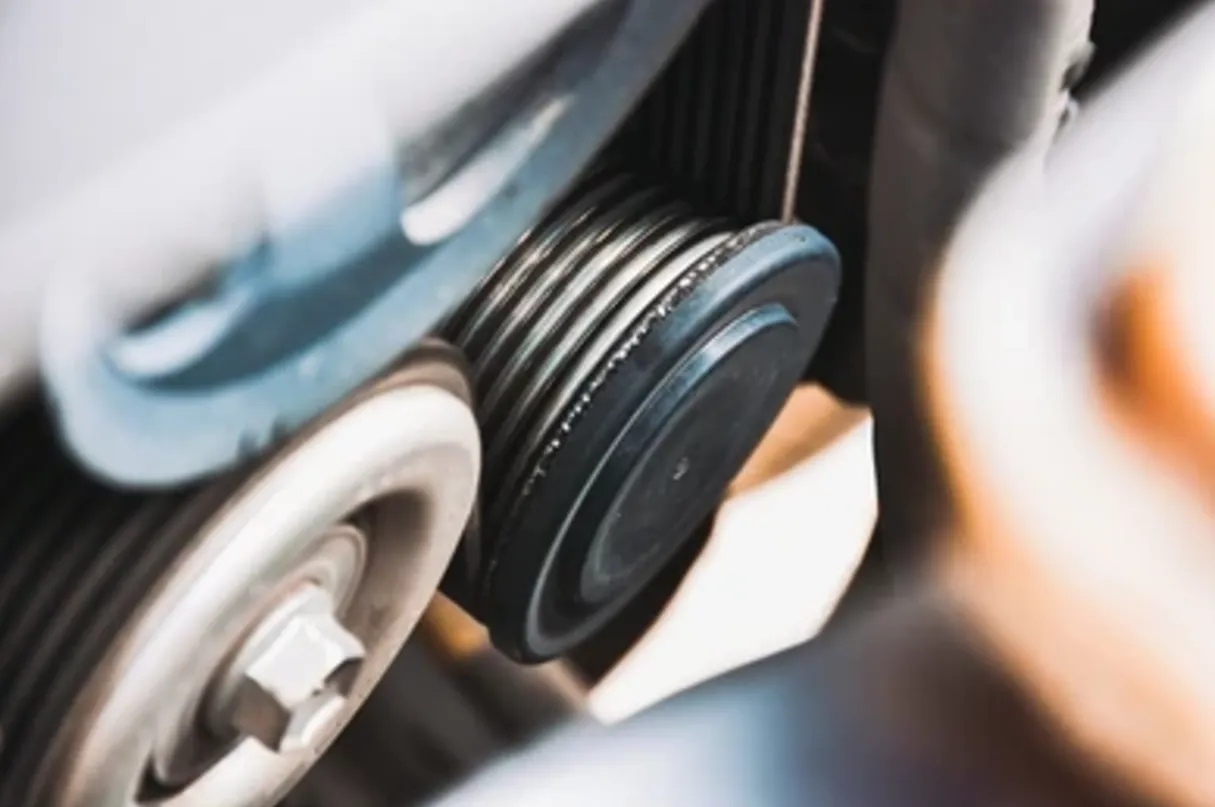
What is an Idler Pulley?
An idler pulley is a mechanical component used in various belt-driven systems to guide and maintain tension on belts or chains. It typically consists of a wheel mounted on a shaft, which can rotate freely. Idler pulleys are essential for ensuring that belts operate smoothly without slipping or misaligning, thus enhancing the overall efficiency of the system in which they are used.
1. Function and Purpose
The primary function of an idler pulley is to provide tension to the belt or chain in a mechanical system. By applying the correct tension, idler pulleys help prevent slippage, which can lead to excessive wear and tear on both the belt and the associated components. Additionally, they redirect the path of the belt, allowing for more compact and efficient designs in various applications.
2. Construction and Design
Idler pulleys are typically constructed from durable materials such as steel, aluminum, or high-strength plastic to withstand the stresses of operation. They usually feature a grooved surface that matches the profile of the belt or chain, ensuring a secure grip. The design may include bearings that facilitate smooth rotation, reducing friction and improving the efficiency of the system.
3. Common Applications
Idler pulleys are commonly found in automotive engines, conveyor systems, and various industrial machinery. In cars, they are used to maintain tension on serpentine belts, driving components like the alternator and water pump. In conveyor systems, they help guide the belt along its path, ensuring materials are transported efficiently. Their versatility makes them integral to many mechanical systems.
4. Benefits of Idler Pulleys
The use of idler pulleys offers several benefits, including improved system reliability, reduced risk of belt wear, and enhanced overall performance. By maintaining proper tension and alignment, idler pulleys contribute to the longevity of belts and the components they drive. This leads to lower maintenance costs and increased operational efficiency, making idler pulleys a valuable addition to any belt-driven system.
An idler pulley is a critical component in various mechanical systems, serving to guide and tension belts or chains. Its construction, function, and widespread applications underscore its importance in ensuring smooth and efficient operation across many industries.
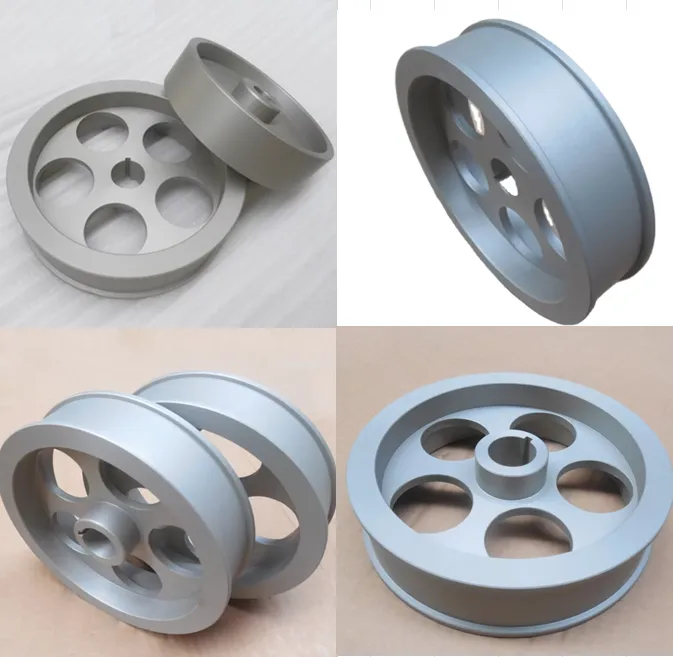
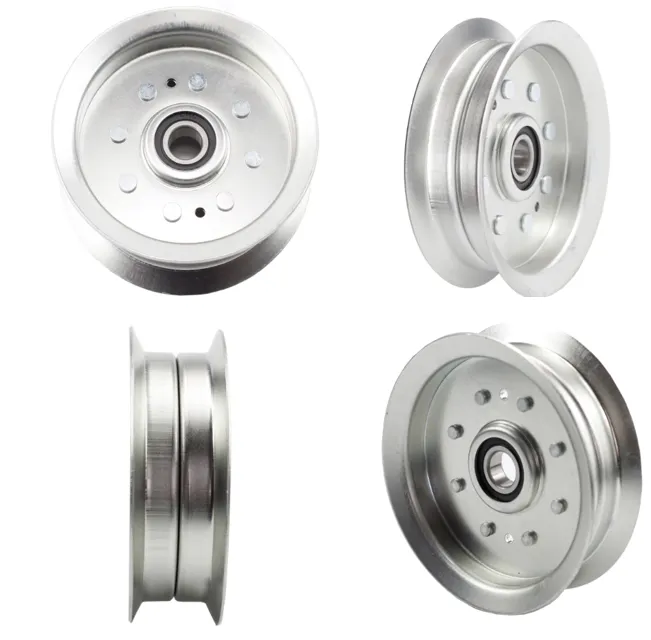
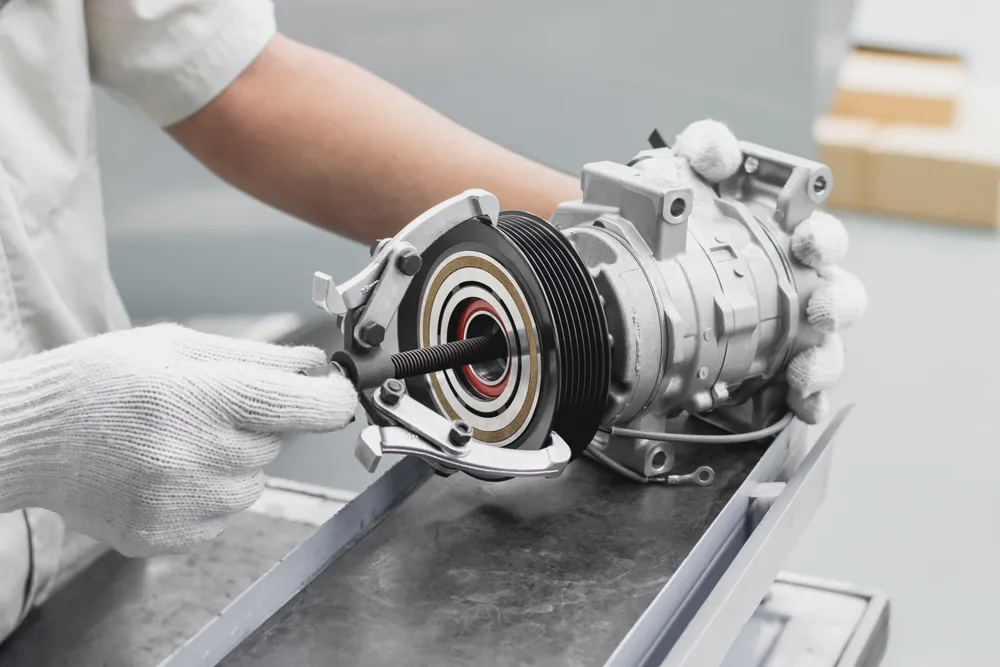
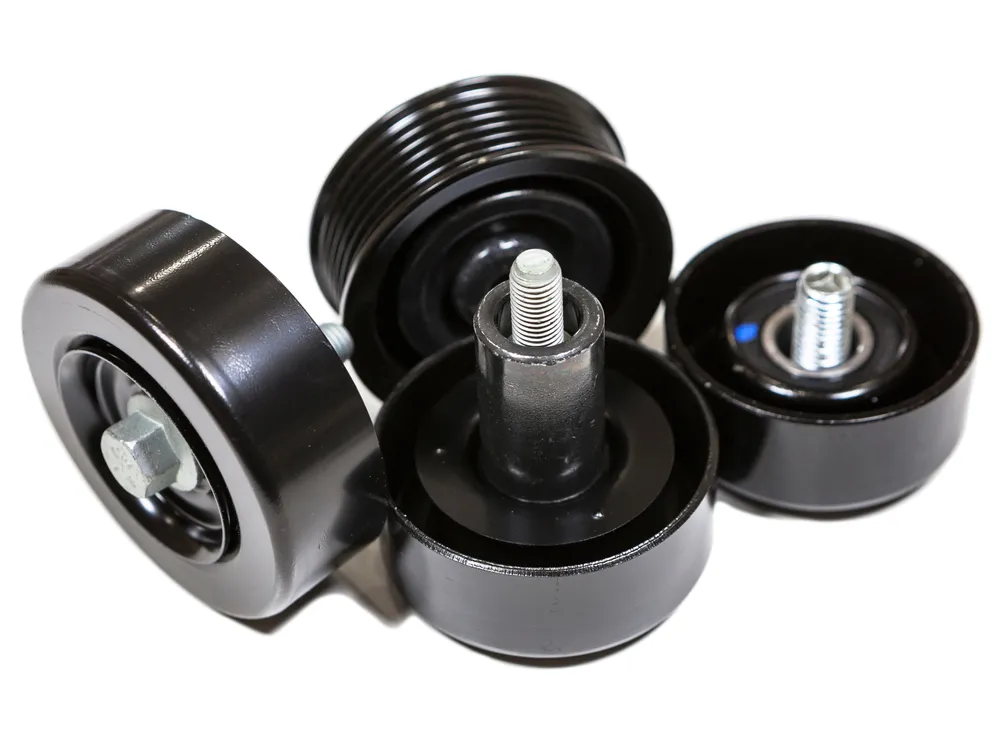
Special Features Available of Idler Pulley
Idler pulleys come with several specialized features designed to enhance their performance and durability in various applications. Here are two notable features:
1. Smoothly Rolled-Over Edges
One of the standout features of our idler pulleys is the smoothly rolled-over edges. This design element is crucial in preventing chafing and scuffing of the belts or chains they guide. By eliminating sharp edges, we reduce the risk of wear and tear on the belt material, which can lead to premature failure. This smooth edge design not only enhances the longevity of the belts but also contributes to quieter operation by minimizing friction during use. As a result, users can expect a more efficient and reliable performance from their systems, whether in automotive applications, industrial machinery, or conveyor systems.
2. Weep Holes on the Rivet Circle
Another innovative feature of our idler pulleys is the incorporation of weep holes around the rivet circle. These strategically placed drainage holes allow for efficient water drainage when the idler pulley is mounted horizontally. This feature is particularly beneficial in environments where moisture accumulation may occur, as it helps prevent water from collecting and causing rust or corrosion on the pulley and surrounding components. By facilitating proper drainage, weep holes contribute to the overall longevity and reliability of the idler pulley, ensuring that it performs optimally even in challenging conditions. This thoughtful design consideration is essential for maintaining the integrity of the entire mechanical system, especially in applications exposed to water or other liquids.
Application of Idler Pulley
Idler pulleys are essential components in various mechanical systems, particularly in automotive and industrial applications. Their primary function is to guide and tension belts or chains in a system, ensuring smooth operation and preventing slippage. Here’s a detailed look at the applications of idler pulleys.
1. Automotive Engines
In automotive applications, idler pulleys are commonly found in engine belt systems, such as serpentine belts and timing belts. They serve to maintain the proper tension on these belts, which are responsible for driving essential engine components like the alternator, water pump, and air conditioning compressor. By keeping the belt taut, idler pulleys help prevent belt wear and ensure efficient power transfer from the engine.
2. Conveyor Systems
Idler pulleys are widely used in conveyor systems across various industries, including manufacturing, mining, and logistics. In these systems, idler pulleys support the conveyor belt, helping to guide it along its path and maintain tension. This ensures smooth movement of materials while reducing the risk of belt misalignment or slippage, ultimately enhancing operational efficiency.
3. HVAC Systems
In heating, ventilation, and air conditioning (HVAC) systems, idler pulleys are utilized in blower and fan assemblies. They help maintain tension in the drive belts that power fans, ensuring consistent airflow and effective temperature control. Properly functioning idler pulleys in HVAC systems contribute to energy efficiency and prolong the lifespan of the equipment.
4. Industrial Machinery
Idler pulleys play a crucial role in various types of industrial machinery, such as packaging equipment, textile machines, and agricultural machinery. They are often used in belt-driven systems to provide tension and guide belts, enhancing the reliability and performance of the machinery. By reducing friction and wear on the belts, idler pulleys help minimize maintenance needs and downtime.
5. Bicycle and Fitness Equipment
In bicycles and fitness equipment, idler pulleys are used in chain and belt drive systems. They help guide the chain or belt, maintaining proper tension for efficient power transfer from the pedals to the wheels in bicycles or from the motor to the moving parts in fitness machines. This application ensures smooth operation and enhances the overall user experience.
Idler pulleys are versatile components that find applications in a wide range of systems, from automotive engines to industrial machinery and fitness equipment. Their ability to maintain tension and guide belts or chains is vital for the efficient and reliable operation of these systems. Understanding their applications can help in selecting the right components for specific needs and ensuring optimal performance.
About Ever-Power
Ever-Power is engaged in the production of standard parts and providing customized services. The main products are used in the automotive, electronics, new energy, medical and other industries. We are committed to the development of standardized processes for industrial automation parts and industrial product platforms! Focus on providing one-stop procurement services for automation equipment integration manufacturers. Ever-Power, constantly accumulating and innovating, collects customer demand information through standardized development, supply chain development and big data analysis, and continuously improves the product range. With the concept of “one-stop procurement service platform”, we meet the growing “multi-batch, small batch” procurement needs of customers. We always adhere to the concept of “quality, delivery, price, and service” to win customers. We have 51 CNC horizontal lathes, 14 machining centers, vertical machining centers, 4 cylindrical grinders, 2 cylindrical grinders, 15 gear hobbing machines and other equipment.
